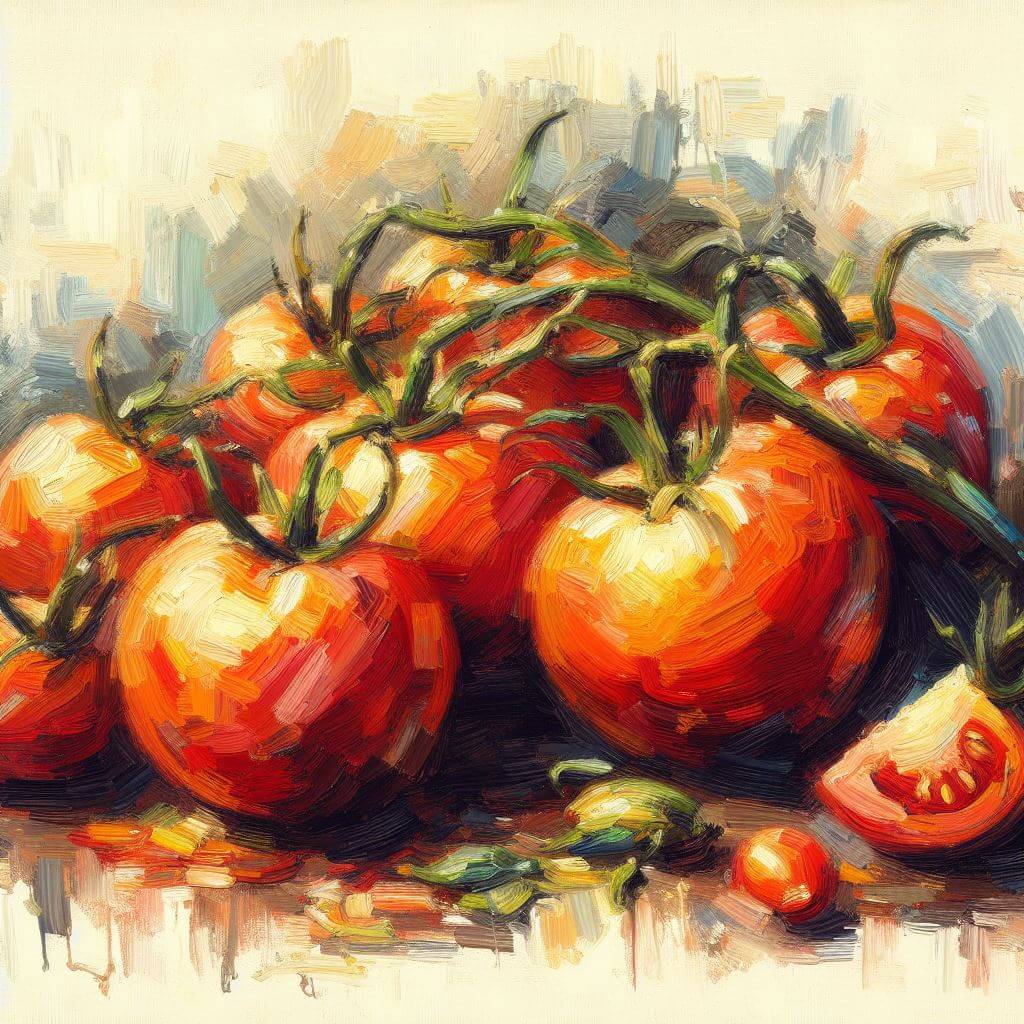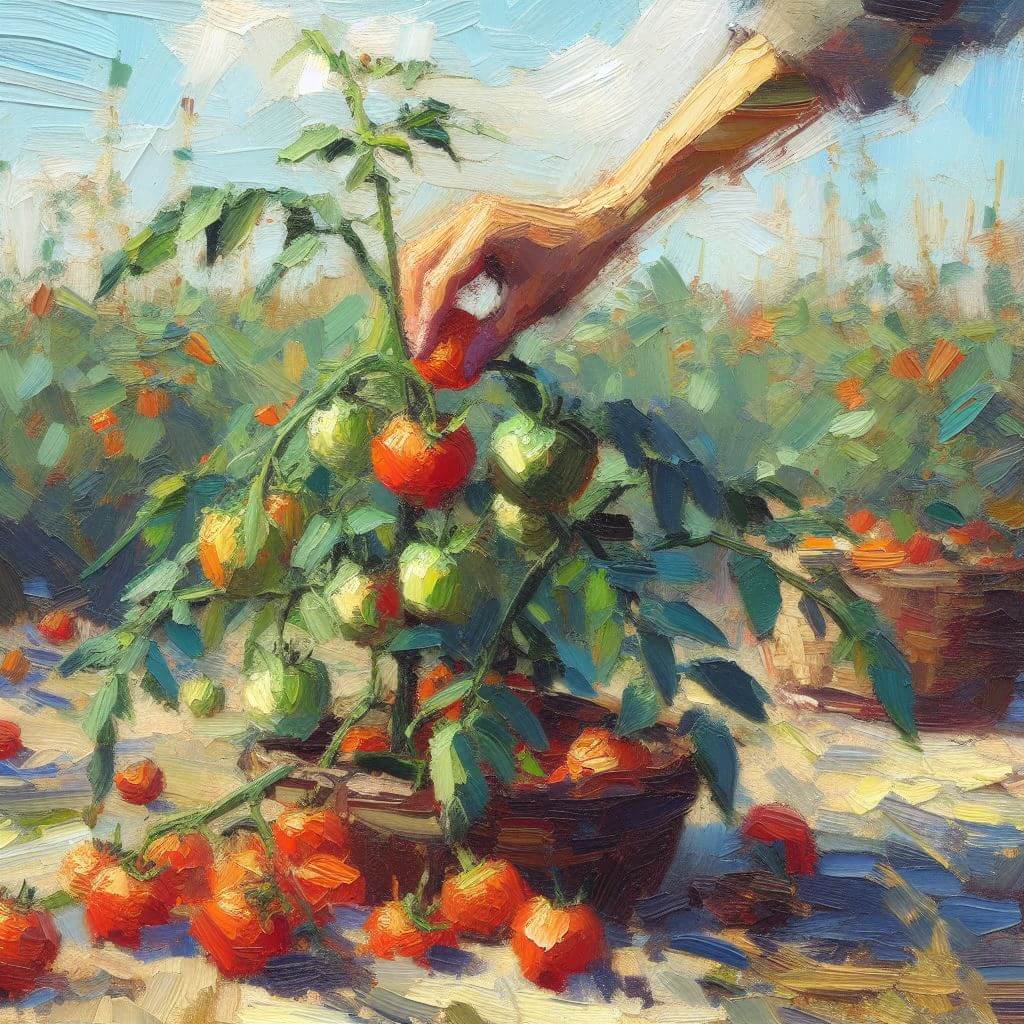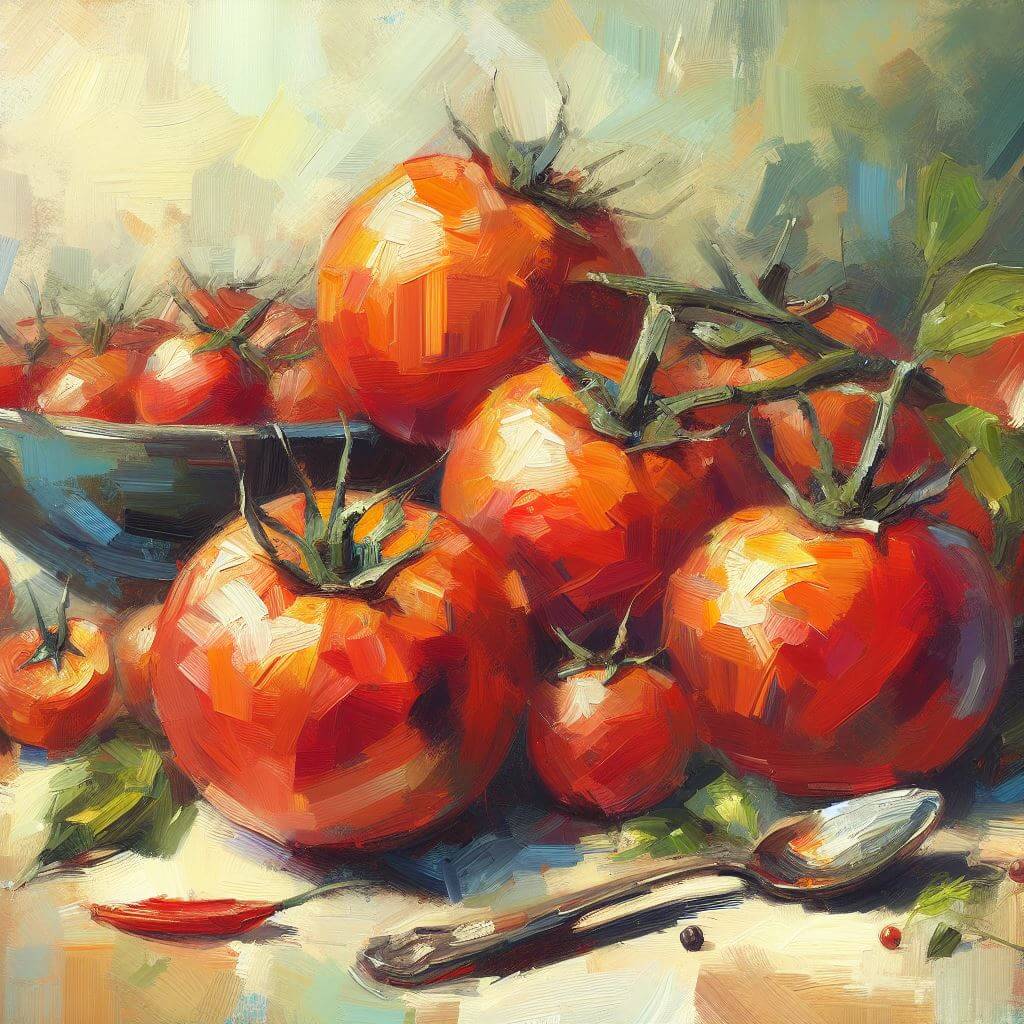
Tomatoes, the vibrant and nutritious fruit, have long been a staple in many households worldwide. The joy of growing your own tomatoes and witnessing their journey from a tiny seed to a ripe, juicy fruit is unparalleled. Nebraska, with its unique and sometimes extreme continental climate and fertile soil, provides an excellent environment for tomato cultivation.
Information about Tomatoes
Tomatoes are a popular choice among gardeners for their versatility and the variety they bring to the table – quite literally. From salads to sauces, tomatoes enrich our meals with their distinct flavor and abundant nutrients. They are rich in vitamins A, C, and K, and are also a good source of potassium and fiber.
Growing your own tomatoes allows you to control the growing conditions, ensuring a healthier and more organic yield. Plus, homegrown tomatoes often taste much better than store-bought ones, as they are allowed to ripen naturally.
Characteristics of Nebraska
Nebraska is primarily known for its corn, but it’s also a fantastic place for growing tomatoes. The state has a wide range of soil types, from sandy to loamy, which can be enriched to suit tomato growth.
Nebraska’s climate varies from humid continental to humid subtropical, providing a long growing season. The abundant sunshine during the summer months provides the warmth that tomatoes need to thrive.

Best Time to Plant Tomatoes in Nebraska
The timing of planting tomatoes is crucial to ensure healthy growth and optimal yield. The best time to plant tomatoes is after the last spring frost, which in Nebraska is typically around late April to early May.
Planting during this time allows the tomato plants to take full advantage of Nebraska’s long growing season. However, it’s important to note that the growth of tomatoes can vary depending on the exact timing of planting. For instance, tomatoes planted too early may be subjected to frost damage, while those planted too late may not mature fully before the first autumn frost.
When to Plant Tomatoes in Nebraska: Region-Specific Recommendations
Western Nebraska
This region is drier and includes areas like Scottsbluff and Crawford. The growing season is shorter due to colder winters, so it’s best to plant tomatoes in late May when the soil has warmed sufficiently.
Central Nebraska
This region includes areas like Grand Island and Kearney, and has a climate that sits between the drier Western and more humid Eastern regions. Here, tomatoes can typically be planted in mid to late May, after the last frost.
Eastern Nebraska
This includes areas like Omaha and Lincoln. The climate is more humid with milder summers and colder winters. The safe window to plant tomatoes usually begins around mid-May, after the danger of frost has passed.
Northern Nebraska
This region includes areas like Norfolk and Wayne, characterized by a humid continental climate with cold, snowy winters and hot, humid summers. The best time to plant tomatoes is mid to late May, once the soil warms and the risk of frost has passed.
Southern Nebraska
This region includes areas like Fairbury and Falls City and has a humid continental climate. Warm and humid conditions prevail during the summer. Here, mid-May is typically the best time to plant tomatoes, as frost is less likely.

How to Plant Tomatoes
Here’s a simple guide to planting tomatoes:
Choose a Sunny Spot: Tomatoes need at least six hours of sunlight each day. The more sunlight they receive, the more fruit they’ll produce.
Prepare the Soil: Tomatoes thrive in well-draining, nutrient-rich soil. Enrich your soil with compost or organic matter to provide the necessary nutrients. The soil pH should ideally be in the 6.0 to 6.8 range.
Dig a Hole: The hole should be deep enough to cover two-thirds of the plant, including the stem. This encourages the development of a strong root system. If the plant is very leggy, you can dig a trench instead and lay the plant on its side, gently bending it into a ‘J’ shape.
Place the Plant: Before placing the plant in the hole, remove the lower leaves if they will touch the soil. This helps to prevent disease. Place the plant in the hole and cover it with soil, firming gently around the base.
Water Generously: After planting, water the tomatoes well to help settle the soil around the roots. After that, provide regular water but don’t overwater as tomatoes don’t like ‘wet feet’. Consistent watering can help prevent splitting and blossom end rot.
Remember to stake or cage your tomatoes to provide support as they grow, and apply mulch to help conserve water and suppress weeds. Regularly check for pests and diseases to ensure your plants stay healthy.
Tomato Varieties Suitable for Nebraska
Selecting the right tomato variety for your garden can significantly influence your growing success. While there are hundreds of tomato varieties available, not all are well-suited to Nebraska’s unique climate and growing conditions. Here are a few varieties that tend to thrive in Nebraska:
Big Boy: This is a popular variety known for its large, flavorful fruits. ‘Big Boy’ tomatoes are disease-resistant and do well in Nebraska’s climate.
Celebrity: This variety is a garden favorite due to its versatility. ‘Celebrity’ tomatoes are great for slicing, canning, and cooking. They are also highly disease-resistant.
Early Girl: As the name suggests, ‘Early Girl’ tomatoes mature quickly, making them a great option if you’re eager to enjoy homegrown tomatoes as soon as possible.
Sungold: If you’re interested in trying something a little different, ‘Sungold’ is a sweet, cherry tomato variety that produces golden-yellow fruits. They’re perfect for salads or just eating straight off the vine.
Roma: ‘Roma’ tomatoes are a classic choice for sauces and paste due to their low moisture content. They have a longer maturity period but are well worth the wait.
When choosing your tomato variety, consider your personal preferences and how you plan to use your tomatoes. Also, consider experimenting with a few varieties to discover which ones you prefer and which ones perform best in your garden.
How to Maintain and Care for Tomato Plants
Maintaining and caring for your tomato plants is an integral part of the growing process. Here are some tips to help your tomatoes thrive:
Regular Watering: Consistent watering is crucial for tomatoes. A sudden fluctuation in water levels can cause blossom end rot or cracking. Aim to water your plants once every two to three days during dry spells.
Pruning: It’s essential to prune your tomato plants regularly. Pruning helps to increase airflow, reducing the risk of disease, and directing more energy to fruit production.
Support: Tomato plants need support as they grow. Using cages or stakes can help keep the plant upright, prevent disease, and make harvesting easier.
Fertilize: Tomatoes are heavy feeders and may need a nutrient boost throughout the growing season. Use a balanced vegetable fertilizer to help them grow.
Monitor: Keep a close eye on your plants for signs of pests or diseases. Early detection can make treatment much more effective.
Mulching: Mulching helps retain soil moisture and keep weeds at bay. It can also prevent soil-borne diseases from splashing up onto the plants.

The Rewards of Tomato Growing
Growing tomatoes in Nebraska, or anywhere for that matter, offers numerous rewards. You’ll have the satisfaction of harvesting your own produce, which often tastes better and is more nutritious than store-bought tomatoes. You’ll also have the opportunity to choose from a variety of tomato species that aren’t typically available in supermarkets.
Beyond the tangible benefits are the intangible ones. Gardening can be a therapeutic activity, providing an escape from everyday stresses. It’s rewarding to see the fruits of your labor (literally!) and it can also be a fun and educational activity for children.
Refining Your Tomato Growing Skills
As with any gardening endeavor, growing tomatoes requires patience and a willingness to learn. Every growing season is an opportunity to refine your skills, try out new varieties, and make adjustments based on the previous season’s experiences.
Remember, gardening is not a perfect science. Even experienced gardeners face challenges. But with each challenge comes learning and growth – much like the tomato plants you’re nurturing.
Final Thoughts
Knowing when to plant tomatoes in Nebraska is important, but it’s just the beginning. Understanding how to care for and maintain your plants, as well as how to treat pests and diseases, will greatly increase your chances of a bountiful harvest.
So, whether you’re a seasoned gardener or a beginner, take the leap and start planting. The rewards are well worth the effort. Happy gardening!



